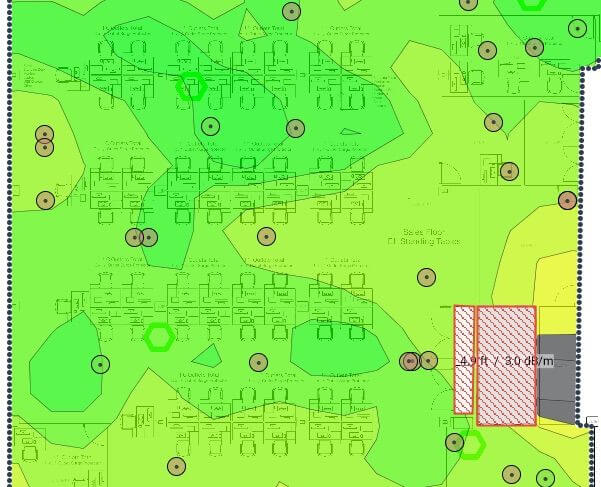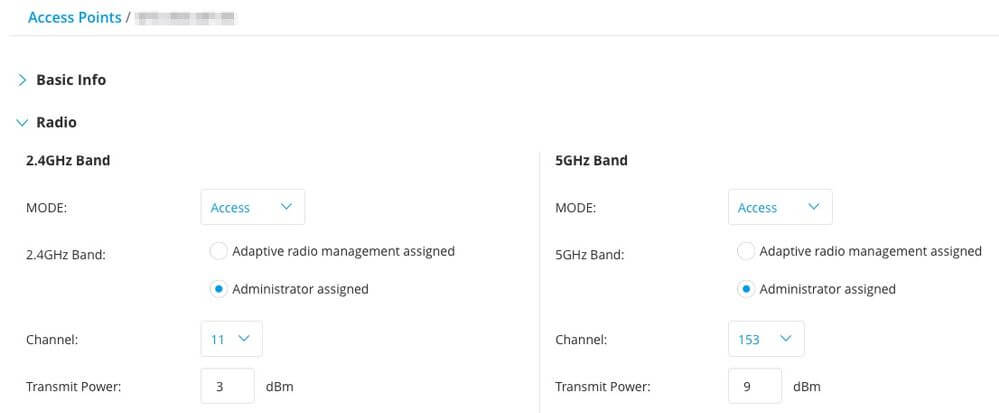In today’s world of buzzwords, many people get hung up on the latest and greatest tech features. Many of these features show what’s happening over Wi-Fi and how it should be fixed. But what if we didn’t fixate on poorly implemented Wi-Fi to begin with? We must go back to the basics to resolve the most common issues plaguing the mobile workforce.
The office fully relies on wireless connectivity for critical business operations.
A network engineer must develop the skill sets and foundations needed to extend the infrastructure to mobile devices. Before a network engineer configures an access point, he or she must know of the business and technical requirements. How do the users expect to use Wi-Fi and what application-specific requirements must be met? Knowing this information helps design for capacity. How will authentication and encryption be implemented to protect the users and the data to be transmitted? Security is a hot topic with so many organizations getting caught in breaches.
Device types and the quantity help create a design to meet the density and capacity of the Wi-Fi network. Why do we need to know what type of devices need to be supported? Different devices have varying capabilities. And where the devices aggregate in the office space using specific applications lend itself to the types of access points and antennas that will be used.
A deep understanding of RF is a must-have. A network engineer should be able to use the right tools to identify sources of interference to take into consideration of a channel plan. Too often, access points are left using the same channels as their neighboring access points, causing co-channel contention. Some problems can be mitigated with a channel plan to create more capacity areas. In addition, when transmit power levels are set too high, it creates a number of different device problems such as sticky clients and more co-channel contention.
A common problem in office spaces I've encountered in the San Francisco Bay Area is leaving access points in default configuration. Every single access point is screaming at the highest transmit power. Consider how a client decides which access point to associate to and when it decides to roam to another. When the transmit power is too high, the device tends to become a sticky client.

Test the actual devices and their applications to validate the WLAN deployment. Network engineers must understand how to optimize Wi-Fi with these devices in mind by understanding their capabilities. Troubleshooting plays a critical role. Troubleshooting is a network engineer's most important skill: Be able to take the onion approach to solving Wi-Fi issues.
When looking at the feature set of a WLAN system, have knowledge of what each of the knobs does. Learn what effect it creates when turned. Will load balancing create an issue with devices as it forces users off an access point to try and force it on another? Or will band-steering create connectivity issues because device drivers don’t like to play nicely? This is where a network engineer must get involved with testing and debugging. No one should leave automatic radio algorithms to their defaults and hope for the best. Not understanding how these features work leads to poorly implemented Wi-Fi. Tune settings based on validation and testing.
An understanding of RF characteristics helps immensely with access point installations. A network engineer would understand if an obstruction was in the way that could cause a change in the RF signal. Many open office spaces install access points next to HVAC or aluminum without considering the effects on RF. In many deployments, the access points are hidden away in the ceiling, leaving many devices grappling with inconsistent Wi-Fi experience.

Know Your Fundamentals
Going back to the foundations, the basics, of Wi-Fi puts a functional Wi-Fi network tremendously ahead of the curve. Start by learning basic RF fundamentals and characteristics. Then obtain the soft skills to speak with stakeholders and end users to understand how they need to use Wi-Fi. And from there, a developed understanding of how the knobs work in a WLAN system can be used to your advantage.




